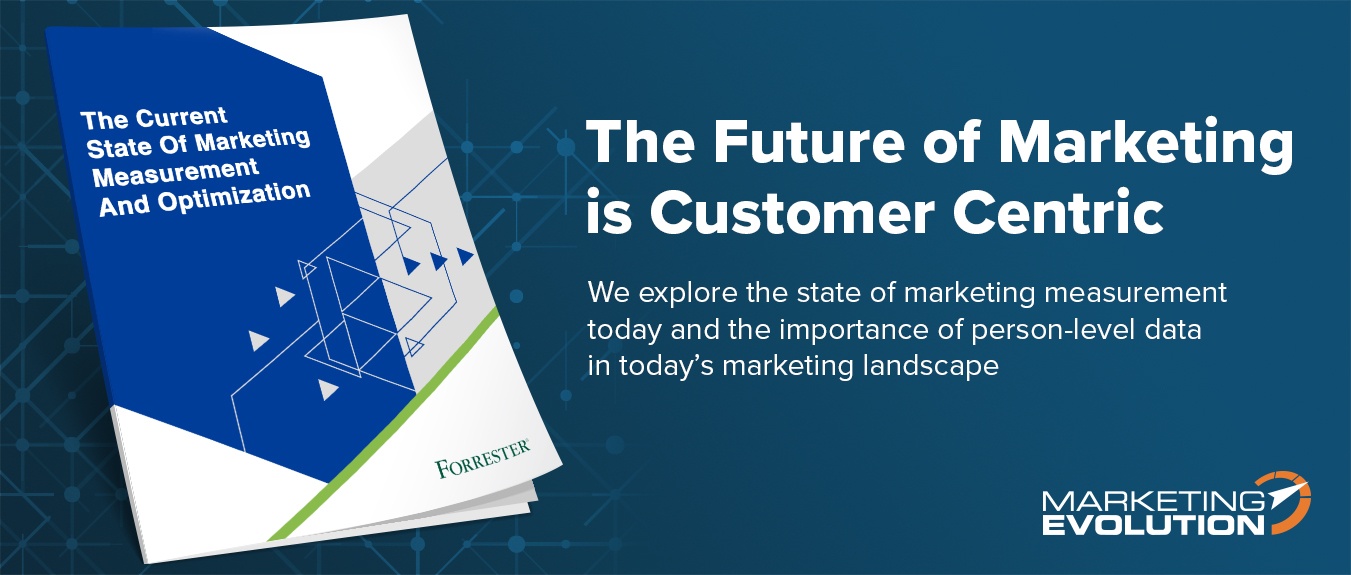5 Factors To Consider When Selecting A Marketing Performance Tool
Ask a marketer if their brand’s image is important to the success of their business. Unless they work for an exceedingly unusual company, chances are they’ll tell you their brand value isn’t just important – it’s instrumental to success.
But if that is true, then why do many marketers focus on generating sales, as opposed to improving the lifetime value of their brand?
Short-term sales are deceptively appealing – they are fantastic at ensuring your revenue keeps climbing, and it’s easy to attribute how a new ad spot generated additional sales volume. However, there’s a dark side to short-term growth. They rely on promotional campaigns that may use deals or discounts as the impetus behind a sale, but those short-term promotions can cause damage over time to your brand equity. Additionally, upper management may become accustomed to how simple it is to link short-term marketing activities to revenue, which can cause your organization to favor short-term initiatives and eschew long-term campaigns.
Despite these drawbacks, there is one reason why marketers choose to ignore long-term growth in favor of short-term sales. Long-term growth is hard to measure without an advanced marketing performance tool. However, the opportunity that lies in long-term growth is worth the challenge. Let’s look at what’s behind long-term growth, and how you can select a marketing performance tool to encourage it.
Why Focus on Long-Term Growth?
Long term growth is what creates brands that last. For instance, Nike is known as a leader in both the fashion and athleticwear industry, and there is no doubt this is due to their long-term marketing strategies. They appear in the backdrop of almost every high-profile sporting event, not as an encouragement to buy – just a reminder that they exist and that they are favored by top athletes.
Successful long-term campaigns accomplish two primary goals: Increasing brand equity, and maximizing the value of your customer base. They increase brand equity by reiterating the value of your brand, in spite of short-term promotions that could paint you as a low-value discount brand over time. Then, they increase customer lifetime value by taking a step back from sales to attract customers who would be willing to pay full price for your brand’s stellar reputation. While these benefits seem great, it can be difficult to find a tool to help you achieve all of your short and long-term goals.
What Is a Marketing Performance Tool?
A marketing performance tool is a tool used to track performance and optimize your digital marketing strategy. In order to increase the longevity of your company, it is important to choose a marketing performance tool that will connect you to your users while also providing quality data insights and analytics. It can be difficult to find a marketing performance tool that will allow you to accomplish those goals in an increasingly saturated marketplace. Let’s uncover the traits you should look for in a marketing tool.
Selecting a Marketing Performance Tool
There are a lot of marketing performance tools available, all with different strengths and weaknesses. Unfortunately, many performance tools try to cater to what most marketers want – and since many marketers are focusing on short-term sales, many of these tools focus on sales instead of long-term measurement. You need a tool that does the following:
1. Accounts For The Customer Experience
Marketing efforts are wasted if your company does not know if the customers’ needs are being met or not. 73 percent of marketers say that they are likely to switch marketing tool providers if consistent services are not being offered. By being in constant contact with your users, you can ensure that they will have a quality customer experience and are less likely to switch to a competing provider in the long-term.
One way to improve the omnichannel customer journey is to give customers the opportunity to provide plenty of feedback. For example, after users interact with the platform, send them a quality service survey to fill out. This will give marketers insight into your experience with the platform and can help tailor your needs on the platform going forward.
2. Balances Long-Term and Short-Term Growth
Both short-term and long-term growth are important, with the Institute of Practitioners in Advertising (IPA) suggesting marketers focus 40 percent of their efforts on short-term growth, and 60 percent on long-term growth. If your marketing performance tool can’t analyze how both types of campaigns will grow your business, you’ll be missing out on half of the story.
For instance, think about the average television advertisement. These can give marketers data about the short-term success of their campaign (such as incremental impact on revenue) while also measuring how much the ad impacted brand equity. When you layer this in with predictive capabilities, you can discern how this brand equity will translate into revenue in the future. Ultimately, striking the right balance will maximize both short-term and long-term growth.
3. Measures Data from Disparate Sources
Consumers are active on more channels than ever – if they’re not watching television, then they’re likely reading on the internet, browsing through social media, or even listening to the radio. This has given marketers a lot of ways to reach potential customers, but it also makes marketing attribution more difficult.
After all, most of these data sources have their own proprietary measurement tool, which often leaves a lot to be desired. These tools tend to focus exclusively on short-term metrics on their channel only, meaning you need an overarching tool that can ingest data from all of these sources in order to observe long-term trends and enjoy better marketing outcomes.
4. Accounts for Outside Trends
Your marketing campaigns don’t exist in a vacuum, and your marketing performance tool needs to account for that. There’s a lot of outside factors that influence short- and long-term marketing performance, such as the political, social, or economic environment. A good marketing performance tool should be able to recognize when disruption occurs and provide an assessment of how they will impact your current long-term campaigns. Otherwise, your predicted return on long-term campaigns may not come to full fruition.
5. Considers the Entire Customer Journey
To measure long-term growth, you need a tool that measures the customer journey – not just profitability. This is because long-term growth focuses more on keeping potential customers in the funnel and growing brand loyalty.
A good tool should consider customer purchase patterns and be able to predict how those patterns will play out using predictive capabilities. Then, it should be able to illustrate how your upcoming brand campaign will affect those patterns. Will it lessen attrition and grow revenue? Will it move customers through their journey faster? Your marketing performance tool should be able to answer all these questions before your campaign is finished.
When you find a marketing tool that has these four functionalities, you’ll be able to understand and demonstrate how a long-term marketing campaign is impacting your bottom line.
Final Thoughts
At the end of the day, marketers need a performance measurement tool that can not only ingest and analyze both short- and long-term metrics, but also provide a concrete understanding of how these metrics contribute to marketing success. With access to the right analytical capabilities, you can track the health of your brand, evaluate how much it contributes to your bottom line, and justify future campaigns that will strengthen your brand. This may require a bit of initial investment, but your long-term marketing plays are bound to pay dividends for years to come.



















